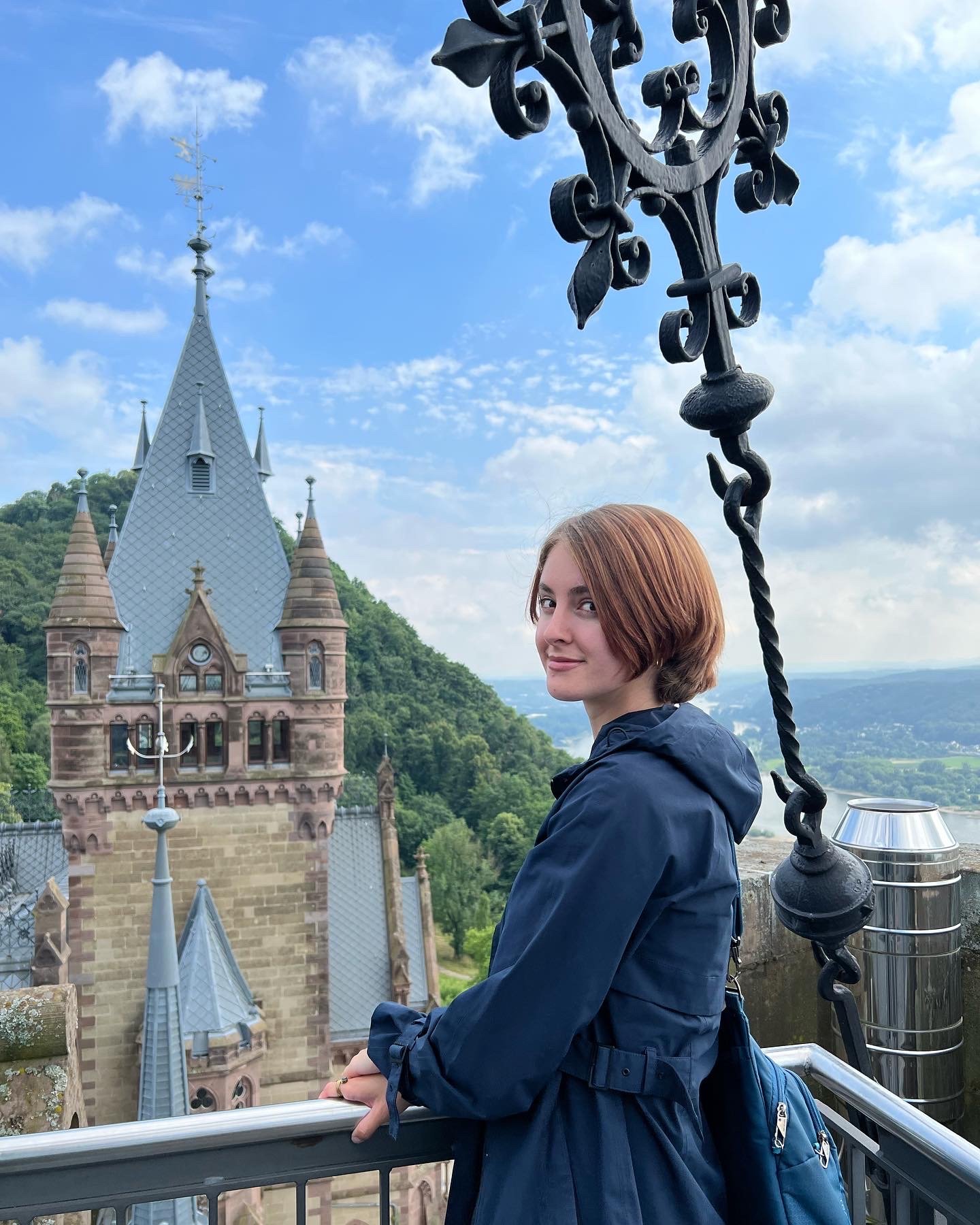At Sandpoint Waldorf School, education is more than academics—it's a nurturing of the whole child: head, heart, and hands. Our alumni carry this balanced foundation into the world, often reflecting on the deep connections, creative confidence, and sense of purpose they discovered here. In this special alumni testimony, we hear from one of our graduates whose Waldorf experience helped shape not just their education, but their path in life. Their story is a testament to the lasting impact of a learning environment that honors individuality, fosters community, and cultivates a lifelong love of learning.
Alumni Testimonial from Soncirey Mitchell
Soncirey Mitchell in Ms. Rineharts 1st grade class.
The eight years I spent at the Sandpoint Waldorf School are full of treasured memories and lessons that still impact how I see the world. I carried what I learned at SWS through my time at Sandpoint High School and then off to the University of Puget Sound, where I graduated summa cum laude as a member of Phi Beta Kappa. I now work as a journalist here in Sandpoint.
The most important thing to understand about Waldorf is that it teaches children how to think, not what to think. Waldorf education doesn’t rely on mindless memorization, but rather, students learn to examine the world thoughtfully, ask meaningful questions, and solve complex problems, giving them the tools to continue learning outside of the classroom. The curiosity and cognition Waldorf students develop inspires a love of learning and transforms every tree, building and rock formation into an opportunity to further our knowledge.
Waldorf is able to instill these ideals in its students through hands-on, intuitive learning that also emphasizes play. For instance, before teaching students the science of photosynthesis or the visible light spectrum, we first planted pumpkins and transformed the classroom into a camera obscura. That way, the abstract concepts are grounded in something real and tangible, making them easier to remember and understand.
This teaching style extends into the practical and artistic elements of the curriculum, all of which give children outlets to express and understand themselves and contribute to their long-term mental and physical health. Learning the flute improves lung function; eurythmy, juggling, and sewing develop fine and gross motor schools; painting and pottery promote artistic expression; and sewing, cooking and gardening are valuable skills for everyday life.
(Juggling, surprisingly, has come in handy in high school, college and at almost every job I’ve ever worked — and I’ve always worked in offices.)
I still make and mend clothes, grow my own food and fix everything that breaks around my old house because my time at Waldorf gave me the necessary skills and the ability to teach myself new things.
Finally, Waldorf’s pedagogy incorporates three things that are lacking in our education system and our society as a whole: empathy, compassion, and happiness. SWS is a kind, nurturing environment that inspires students to be kind to one another. Students aren’t under the constant pressure that grades impose, nor are they overwhelmed navigating the social structure of a large class with few teachers, and so they have the freedom to explore who they are and how they impact the world around them. Waldorf nurtures the inherent kindness in all children and sets them up to be good, understanding people in an increasingly hateful and divisive world.
I will always be grateful for my years at Waldorf and the individuality, self-sufficiency and intellectual curiosity it instilled in me.
Soncirey Mitchell, 2025.



